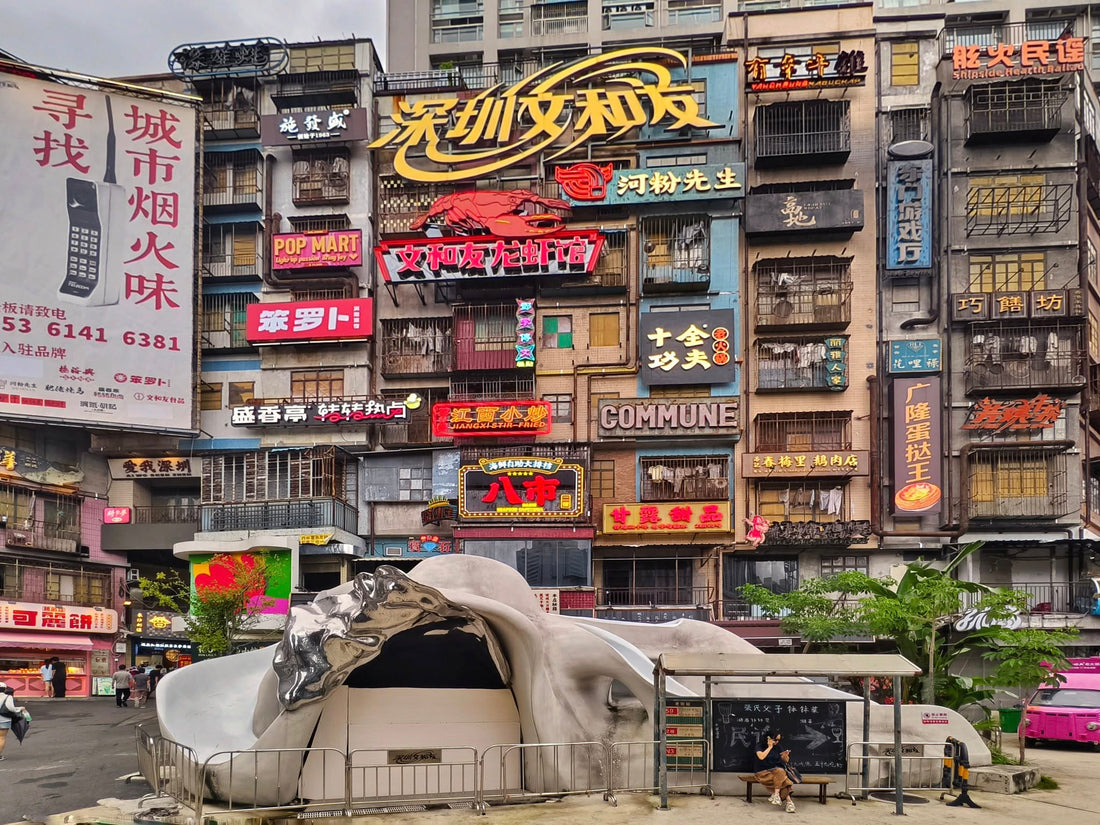
Controlling the Chaos: The Hidden Art of Getting the Shot Right
Exposure, Lighting, Stability — How Small Tweaks Make a Big Difference
If you’re used to smartphone cameras, it’s easy to assume that good photos just “happen.” You tap, it adjusts. You move, it follows. You shoot in the dark, and it somehow fakes daylight.
But when you hold a Spypen camera in your hand — a real, fixed-focus, non-AI device — you’re getting something rare: what’s actually there.
No filters. No stitching. No guessing. Just your eyes, your hand, your timing.
The upside? You’re finally in control.
The trade-off? You need to learn a few things your phone never taught you.
Let’s talk about three of the biggest ones — and how just a bit of awareness can seriously improve your shots.
1. Exposure: Light Is Everything
Your phone uses aggressive processing to brighten shadows and flatten highlights. Spypen doesn’t. And that’s a good thing — because you get to decide how your image feels.
What to know:
-
Spypen cameras have a fixed exposure profile, which means you must choose your environment wisely.
-
Bright sunlight? Great. Dim rooms? You may need to move closer to a window.
-
Mixed lighting (e.g. part daylight, part bulb)? Pick one or the other — avoid split tones that confuse the sensor.
Small tweaks:
-
Use even, natural light when possible — side lighting from a window often works best.
-
Avoid pointing the camera directly into bright sources (like a lamp or sun) unless you want strong contrast.
-
Don’t rely on screen brightness — review your footage on a real monitor if you can.
2. Lighting: Direction, Not Just Brightness
With smartphones, lighting feels invisible — because it’s being constantly corrected. With Spypen, you’ll start to notice how light falls, and that’s when things get interesting.
What to know:
-
Cameras with no flash and no HDR (like Spypen) love directional lighting.
-
Light from the side reveals texture. Light from the front flattens it.
-
Backlighting can look dreamy — or just too dark — depending on your angle.
Small tweaks:
-
Try filming objects or faces with the light coming from a 45-degree side angle.
-
Use lamps, window blinds, or bounce cards (even white paper!) to shape the light.
-
Don’t fear shadows — they give your images mood.
3. Stability: Your Hands Are Now the Gimbal
Phones use software to smooth things out. With a Spypen camera, what you shoot is what you get — so steady hands matter.
What to know:
-
Fixed-focus lenses mean you can’t “tap to focus” — you need to keep your subject at the right distance and avoid jerky movement.
-
Shaky footage looks worse without software correction.
Small tweaks:
-
Plant your elbows against your chest or a table when shooting handheld.
-
Use everyday objects as impromptu tripods: cups, shelves, your knee.
-
Record 2–3 takes — and don’t move the camera until you get the one you like.
Real Means You’re in Charge
Using a Spypen camera isn’t about getting perfect photos — it’s about making them yours. Small decisions — where you stand, how you hold the camera, how you work with light — can completely change your results.
And unlike phones that fake it all for you, Spypen keeps it real — raw, physical, and fully yours.
So try a few tweaks. Observe the light. Think like a creator, not a scroller.
Because once you feel the difference, you won’t want to go back
